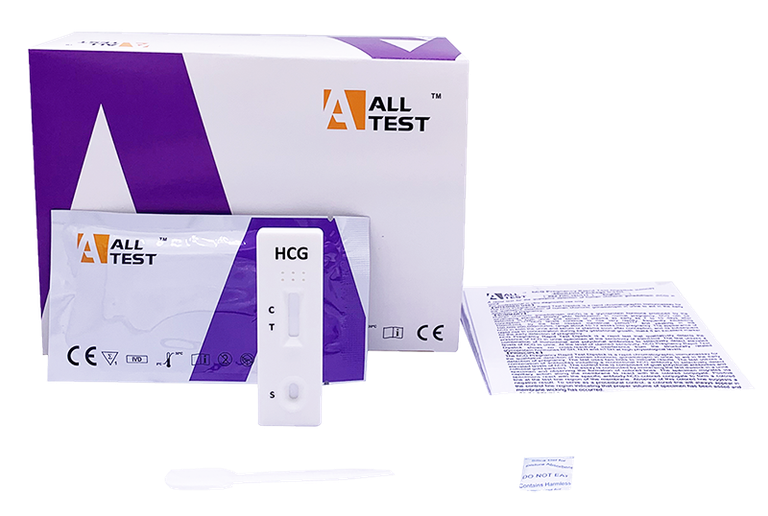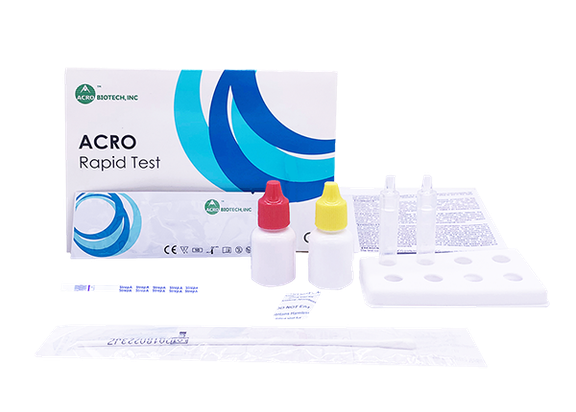
CRP and lower respiratory tract infections
CRP point of care testing aids in the diagnosis, monitoring, and optimisation of antibiotic use in lower respiratory tract infections.
CRP point of care testing guides antibiotic prescribing and management of lower respiratory tract infection
C-reactive protein (CRP) point of care (POC) testing aids the initial diagnosis, management, and monitoring of lower respiratory tract infections (LRTIs), including community-acquired pneumonia, acute bronchitis, and exacerbations of chronic obstructive pulmonary disease (COPD). When CRP is measured at the initial visit and used together with the clinical examination of the patients, it aids in decision making whether antibiotics are needed or not. Correct use of antibiotics is crucial in decelerating the development of antimicrobial resistance (AMR). Therefore, antibiotics should be prescribed only to the patients who benefit from the treatment. CRP POC testing before antibiotic prescribing guides rational use of antibiotics in healthcare.
The clinical guidelines by the Dutch College of General Practitioners in the Netherlands and by The National Institute for Care and Excellence (NICE) in the UK recommend CRP POC testing together with the clinical assessment to aid diagnosis and antibiotic prescribing for LRTIs in primary care1-2. Both guidelines recommend similar cut-offs to guide antibiotic prescribing (see table below).
Recommended CRP POC cut-offs for diagnosis of LRTIs in adults1-2
| CRP value and presence of bacterial infection | Recommendation |
|---|---|
<20 mg/l Bacterial infection unlikely | Antibiotics discouraged |
| 20-100 mg/l Bacterial infection is possible | Prescribe antibiotics if high risk for complicated course1 Consider delayed antibiotic prescription to be started if symptoms become worse2 |
| >100 mg/l Bacterial infection very likely | Antibiotics recommended High risk of pneumonia Severe infection |
CRP cut-offs are a useful aid for antibiotic prescribing but should
always be interpreted in the context of the patients’ clinical picture.
Especially in high-risk patients, antibiotics may be required, although
CRP levels are not significantly increased. CRP measurement at 1-2 days
after the initial onset of the infection reflects the true disease
severity.
CRP is useful in monitoring disease course and treatment response
Serial measurements of CRP are suitable for the evaluation of the course of infection and efficacy of antibiotic treatment3. CRP has a half-life of 19h, and CRP levels decrease as a response to antibiotic treatment. The clinical guideline by the European Respiratory Society and European Society for Clinical Microbiology and Infectious Disease recommends CRP testing on hospitalized pneumonia patients on admission on day 1 and at day 3 or 4. Also, the NICE guideline in the UK recommends CRP testing for community-acquired pneumonia patients on admission to hospital and repetition of the test after 2-3 days2. If CRP levels do not show a decline after a few days of antibiotic treatment, it may suggest a treatment failure. CRP levels, especially at day 4, have a high negative predictive value for pneumonia complications5.
References
- Verheij T et al. NHG-Standaard Acuut hoesten. [Dutch College of General Practitioners Guidelines on Acute Cough]. Huisarts Wet, 2011. https://richtlijnen.nhg.org/standaarden/acuut-hoesten
- National Institute for Health and Care Excellence (NICE). NICE guideline - Pneumonia in adults: diagnosis and management, 2014.
- Bruns AH, Oosterheert JJ, Hak E et al. Usefulness of consecutive C-reactive protein measurements in follow-up of severe community-acquired pneumonia. Eur Respir J 2008; 32(3): 726-732.
- Woodhead M et al. Guidelines for the management of adult lower respiratory tract infections. Clin Microbiol Infec 2011; 17:E1-E9.
- Chalmers JD, Singanayagam A, Hill AT. C-Reactive Protein Is an Independent Predictor of Severity in Community-acquired Pneumonia. Am J Med 2008; 121(3):219-225.


